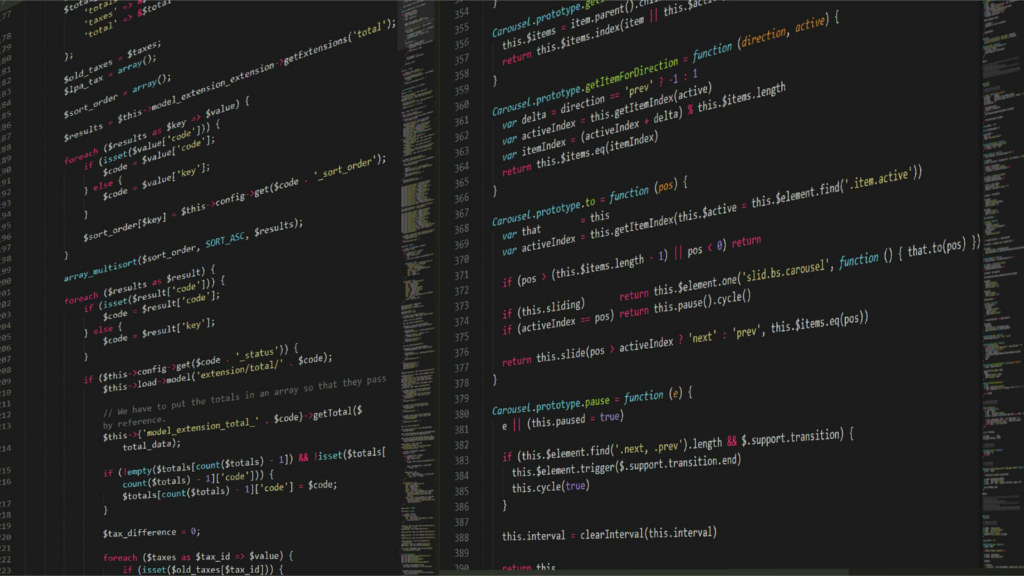Delving into the world of Python, you’ll soon discover its powerful array manipulation capabilities. One such feature that stands out is the ‘append’ function. It’s a handy tool in the Python programmer’s toolkit, often utilized to add elements to an array, enhancing its flexibility and dynamism.
Whether you’re a seasoned coder or a novice just starting, understanding the python array append’ function is crucial. It’s a stepping stone to mastering data handling in Python, opening doors to more complex programming tasks. So, let’s unravel the mystery of python array append’, shedding light on its usage, benefits, and potential pitfalls.
Python Array Append

Delving deeper into python array append, it’s pivotal to understand its primary function. Python array append allows the addition of an element at the end of an array, facilitating dynamic data manipulation. Recognizing the correct usage can be the turning point in mastering array-based operations in Python. Python’s standing in the league of coding languages owes credit to array manipulation functions like ‘append’,as they bring immense flexibility to handling large sets of data. Despite numerous benefits, there exist potential pitfalls. Taking due precautions while using python array append’ can steer programmers clear of unexpected results.
Exploring the Append Method
Deepening our exploration, we dive into the specifics of Python’s append method. This method represents a fundamental tool in dynamic data manipulation. It allows for the effortless addition of elements at the end of an array. Thus, its thorough comprehension plays a pivotal role in mastery over Python’s data handling capabilities. Conversely, failure to correctly implement python array append carries the potential for stumbles. Therefore, within this section, in-depth insight into python array append unfolds, alerting readers to benefits as well as cautionary aspects.
Practical Examples of Array Append

Incorporating the python array append technique enhances a programmer’s prowess in managing sizable datasets. For clarity, let’s observe a couple of practical implementations.
For instance, consider an empty array ‘arr’. To append the numeric value five into it, one executes the command ‘arr.append(5)’. After execution, arr transforms into [5], as ‘append’ places the value at the array’s end.
Further, to add multiple elements into ‘arr’, looping offers a viable method. For example, to incorporate numbers from one through five, a simple for loop suffices. Code ‘for i in range(1, 6): arr.append(i)’ accomplishes the task, resulting in an array [5, 1, 2, 3, 4, 5].
Finally, python array append proves useful in combining arrays. Given a second array ‘brr’ with elements [6, 7, 8], calling ‘arr.append(brr)’ merges ‘brr’ at the end of ‘arr’, yielding the new array [5, 1, 2, 3, 4, 5, [6, 7, 8]]. Note the nested output, as ‘append’ treats the entire ‘brr’ array as a single element.
Hence, through explicit practical examples, the potential and functionality of python array append’ becomes unmistakably clear, setting a strong foundation for efficient data manipulation.
Common Mistakes and Misunderstandings

Many misunderstandings and mistakes occur while working with python array append. Recall the nature of python array append: it adds a single item, not multiple items. Misunderstanding arises when users attempt to append multiple elements simultaneously, expecting the function to function like ‘extend’. Furthermore, appending data of diverse types in the same array causes errors, as Python arrays require elements of similar type. Another common mistake involves appending an array to another array, which unintentionally creates a multi-dimensional array. Care must be taken to understand the distinctive and precise functionality of python array append’ for effective data manipulation.
Understanding the Append Function for Arrays
Grasping Python’s append function for arrays is key to efficient data management. It’s a versatile tool that allows for dynamic data manipulation, effortlessly adding elements to an array’s end. Through practical examples, we’ve seen how it handles large datasets, adding single or multiple elements and merging arrays. But it’s not without its challenges. Misunderstandings can lead to errors, like expecting ‘append’ to function like ‘extend’, or appending mismatched data types. We’ve also explored how it can unintentionally create multi-dimensional arrays. So, while python array append is a powerful function, it requires careful handling for precise data manipulation.
